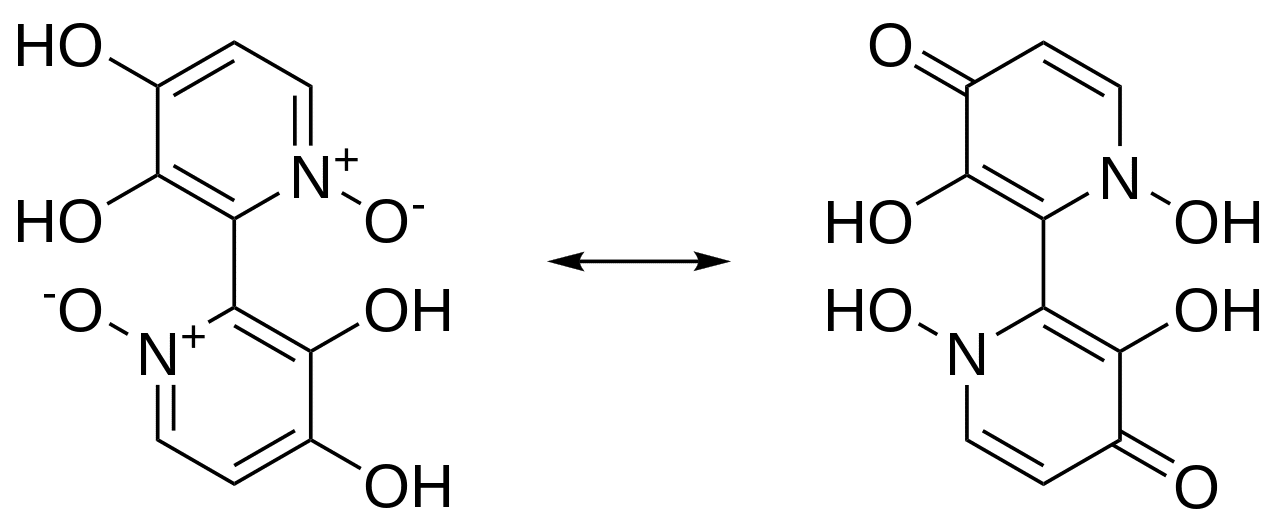Tautomerization: Isomer Conversion via Proton Transfer

Tautomerization is a chemical reaction that involves the conversion of one constitutional isomer into another, where the two isomers are in rapid equilibrium with each other. Tautomers are isomers that differ only in the position of a proton and a double bond. This phenomenon is common in organic chemistry and is of great importance in biochemical reactions.
Tautomers exist in equilibrium with each other and can interconvert rapidly, making it difficult to isolate them as pure compounds. The equilibrium between tautomers is controlled by the relative stability of the two isomers. In general, the more stable tautomer is the predominant one under normal conditions. The less stable tautomer can be considered as a transition state between the more stable tautomer and the starting material.
The most common type of tautomerization involves the transfer of a hydrogen atom and the rearrangement of electrons to form a new double bond. This process is known as keto-enol tautomerism, which involves the conversion of a ketone (a molecule containing a carbonyl group) into an enol (a molecule containing a double bond and an alcohol group). The keto form is generally more stable than the enol form, but the enol form is important in biochemical reactions, such as in the synthesis of nucleotides and amino acids.
Another type of tautomerization is the imine-enamine tautomerism, which involves the conversion of an imine (a molecule containing a carbon-nitrogen double bond) into an enamine (a molecule containing a carbon-nitrogen single bond and a double bond). This reaction is important in the synthesis of alkaloids and other natural products.
Tautomerization can also occur in heterocyclic compounds, such as pyridine and pyrrole, where the transfer of a proton and the rearrangement of electrons can lead to the formation of different tautomers. In some cases, tautomerization can lead to the formation of reactive intermediates that can participate in further reactions, such as in the formation of enols that can undergo aldol condensation reactions.
Tautomerization is a reversible process that can be influenced by various factors, such as temperature, solvent, and pH. The equilibrium between tautomers can be shifted by changing these factors, which can be used in synthetic organic chemistry to selectively form a particular tautomer.
In conclusion, tautomerization is a common phenomenon in organic chemistry that involves the conversion of one constitutional isomer into another through the transfer of a proton and the rearrangement of electrons. Tautomers exist in rapid equilibrium with each other, and the relative stability of the two isomers determines the equilibrium constant. Keto-enol tautomerism is the most common type of tautomerization, but other types of tautomerism, such as imine-enamine tautomerism, also occur. Tautomerization plays an important role in biochemical reactions, natural product synthesis, and synthetic organic chemistry. Understanding tautomerization is essential for the design and synthesis of new molecules with specific properties
